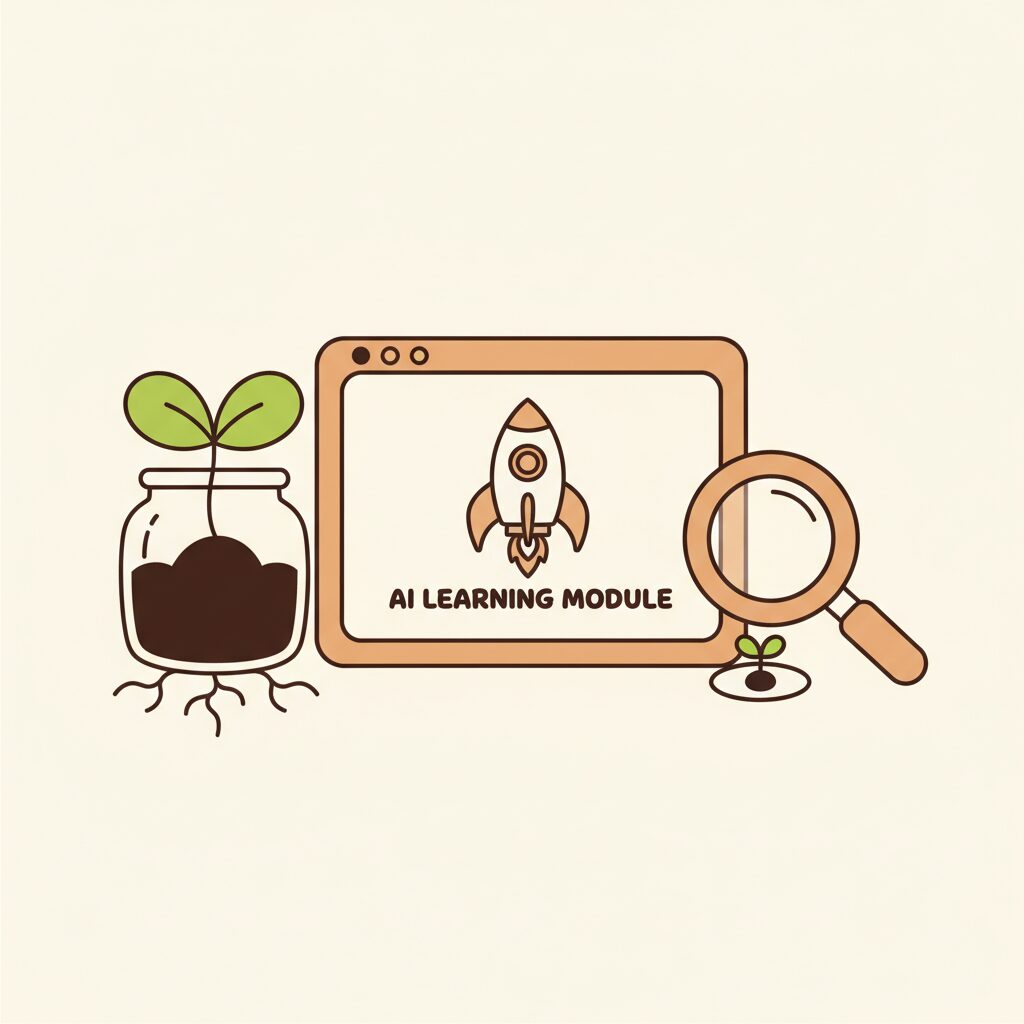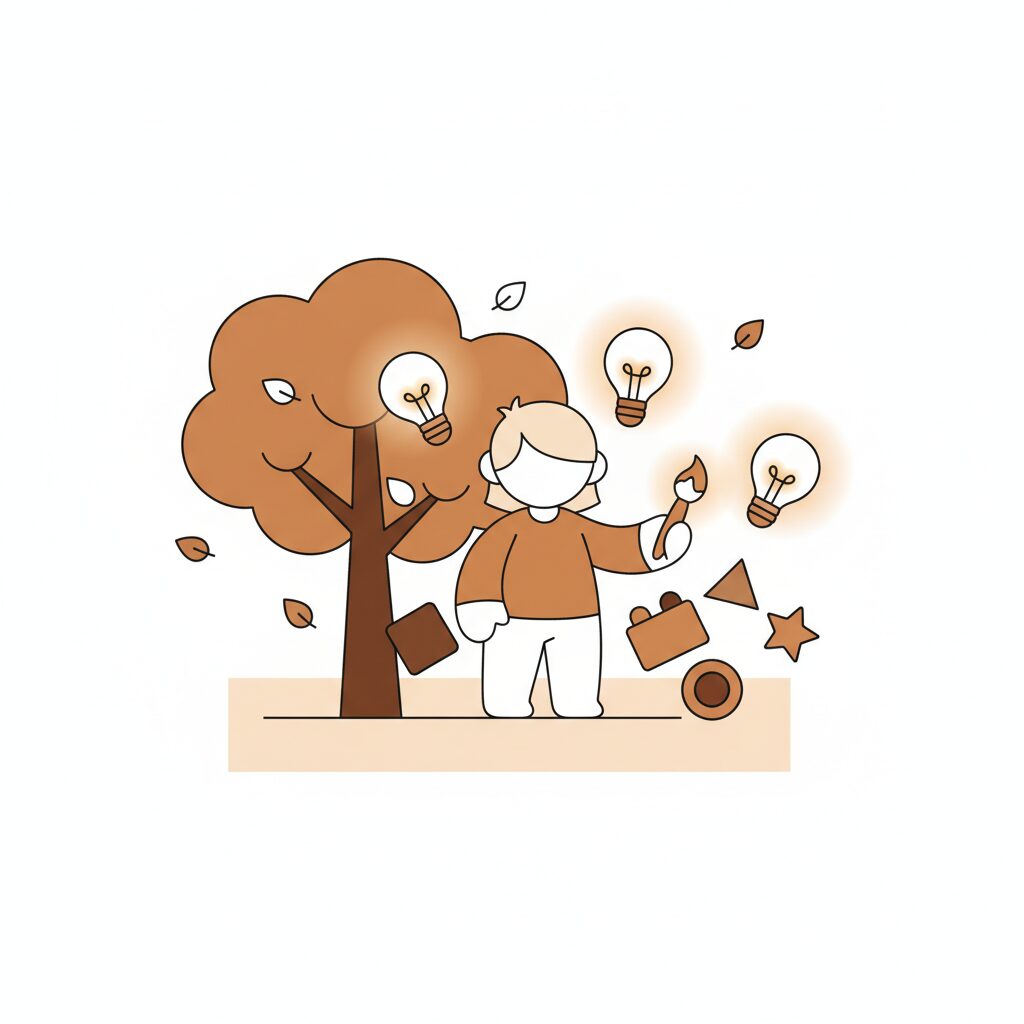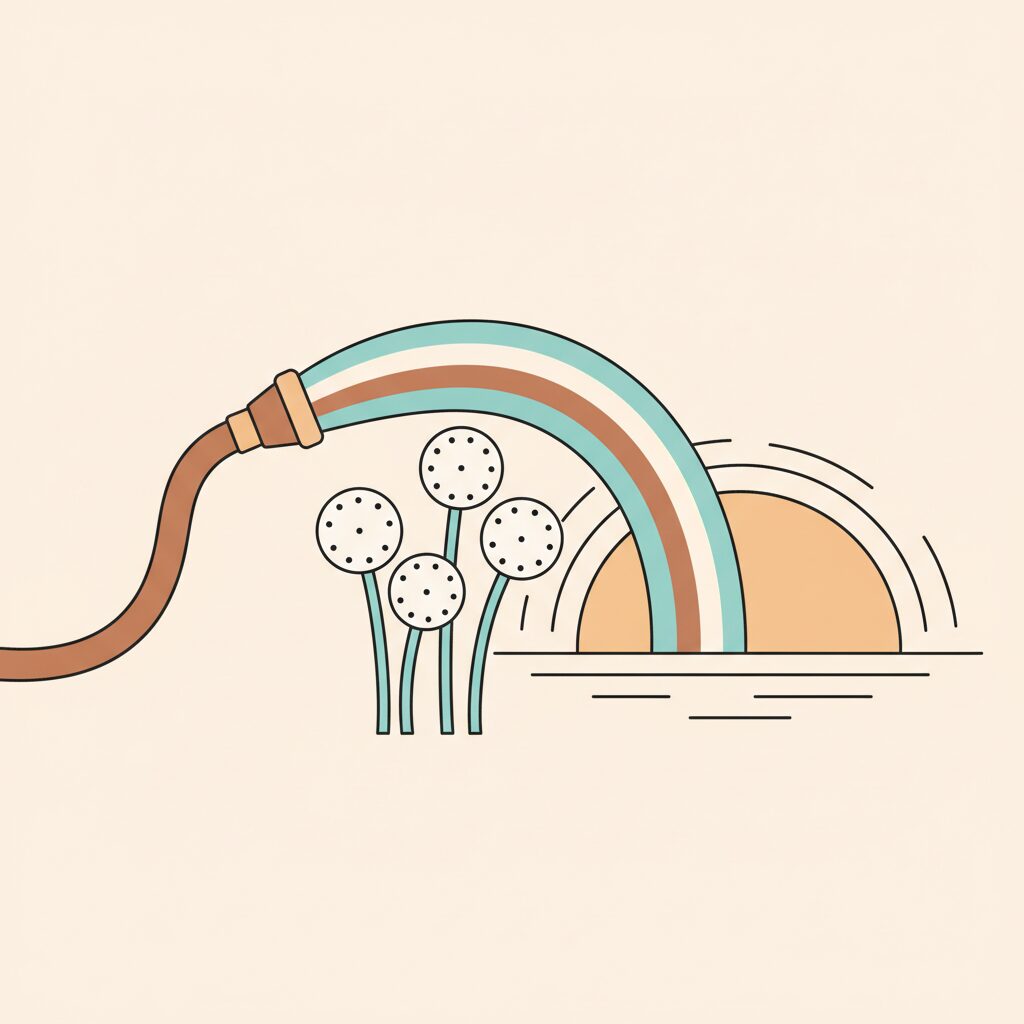
Remember that moment when your kid bombarded you with questions after school? We’d pull up search results and dig through blue links, debating which ones looked trustworthy. Now? They ask AI and get instant stories with photos—how times change! Parenting with AI feels like a thrilling new playground—but guess who’s also joining? Marketers tweaking info flows. That quiet revolution means our children might never know the hunt for answers. It feels magical until you wonder: is their critical thinking getting shortcut? Let’s untangle what this shift truly means for raising resilient, curious humans who don’t just accept answers—but wonder why they’re true.
Is Your Child Missing the Art of Search in the AI Era?

Back when we’d Google ‘why leaves change color,’ we got pages of blue links. Today’s kids? They ask an AI and receive a crafted response—text, images, even a safety guide for fall hikes—all in one neat package. Marketers call this ‘Generative parenting optimization,’ racing to make their content AI-friendly. Yet as you watch your 7-year-old absorb answers like sponge, something nags at you: Where’s the space to compare sources or spot biases?
Think about it: When your child gets a perfect AI explanation about volcanoes, they skip the beautiful struggle of piecing clues together from different books or videos. That messy middle—the comparing, doubting, refining—is where real learning sticks. A fellow parent recently told me how his daughter stopped asking ‘why’ after AI gave instant answers. Sound familiar? The gift here isn’t faster facts; it’s realizing we must intentionally create ‘gaps’ for wonder. Next time AI responds, try: ‘What part of this makes you curious? Let’s test it together at the park this weekend.‘ Suddenly, answers become springboards—not full stops. What small experiment could turn your child’s next ‘why?’ into an ‘aha!’ moment?
How Can Critical Thinking Become Your Child’s AI Superpower?

Research shows AI-optimized content can boost visibility in AI responses by 30-40% for businesses, but for parenting? This highlights a golden chance: turning passive info-consumption into active detective work. Because when AI crafts seamless answers, kids might miss learning to question them—and that’s dangerous.
Imagine your child asks ‘how rockets fly.’ An AI spits out a polished explanation. Great, right? But what if we added play: ‘Let’s fold paper planes and see what happens when we change the wings!’ Or during dinner: ‘If this AI answer had one mistake, what would it be?‘ You’re not teaching skepticism—you’re nurturing joyful inquiry. A mom friend started ‘Wonder Wednesdays’ where the family tests AI facts against real-world experiments (like growing beans to verify plant lifecycles). The result? Kids who light up spotting gaps in information. That spark—‘I found something AI missed!’—is the resilience we want. It transforms learning from ‘what’s the answer?’ to ‘let’s explore why.‘
Here’s the joyful twist I’m clinging to: No algorithm can replicate the thrill when your child’s eyes widen discovering something themselves. That’s our anchor in this shift—cultivating minds that ask, test, and create.
How Do You Raise Humans Who Think Better Than Algorithms?

Marketers geek out over stats like AI search traffic being 4.4x more valuable, but our mission runs deeper. While businesses optimize for AI visibility, we’re growing irreplaceable human skills—empathy, creativity, the courage to say ‘I don’t know.’ And that starts with tiny, joyful pivots.
When homework uses an AI tool, add a hands-on twist: ‘Let’s build that math problem with sidewalk chalk!’ Or after watching an AI-generated story, challenge: ‘Draw your own ending where the hero takes a different path.‘ This isn’t anti-tech—it’s pro-balance. Remember how we used to plan family trips? We’d pore over maps and brochures, dreaming possibilities. Now with AI handling logistics, we get extra space for laughter-filled detours—like stopping to sketch clouds or chat with locals. That’s the shift: AI handles facts, so we focus on connection.
Don’t underestimate ‘unplugged’ moments either. Last Tuesday, my daughter asked about butterflies. Instead of screens, we sprinkled flowers in the yard—then we whispered ‘Look!’ as wings brushed our fingertips while sketching what we saw. Why? Because the magic isn’t in the answer—it’s in the shared breath when curiosity sparks connection.
Can We Find the Beautiful Side to AI’s Algorithm Shift?

Here’s the joyful twist I’m clinging to: As AI manages factual heavy-lifting, we get to prioritize what machines can’t replicate—curiosity, empathy, the messy joy of figuring things out together. Picture this: Your child no longer memorizes ‘what is a rainbow’ but asks ‘Can we make one with the garden hose?‘ That’s the wonder we protect.
With Apple integrating AI search into tools like Safari, this train’s moving fast, friends—let’s hop aboard mindfully! But remember—you’re not just preparing kids for an AI world. You’re raising pioneers who’ll reshape tech with heart. Start small: When AI answers a question, add ‘What do you wish it had included?‘ Or swap five minutes of screen time for building pillow forts where stories come alive. These moments build neural pathways no algorithm can touch.
The most optimized search for our children? It’s the one leading them back to their own brilliant, questioning minds. And that’s a result worth every sidewalk chalk drawing, every dandelion puff blown skyward, every ‘I wonder why’ that turns into a family adventure.
Source: Rise of Generative Engine Optimisation: The future of digital marketing in an AI-driven world, India Times, 2025/08/31
